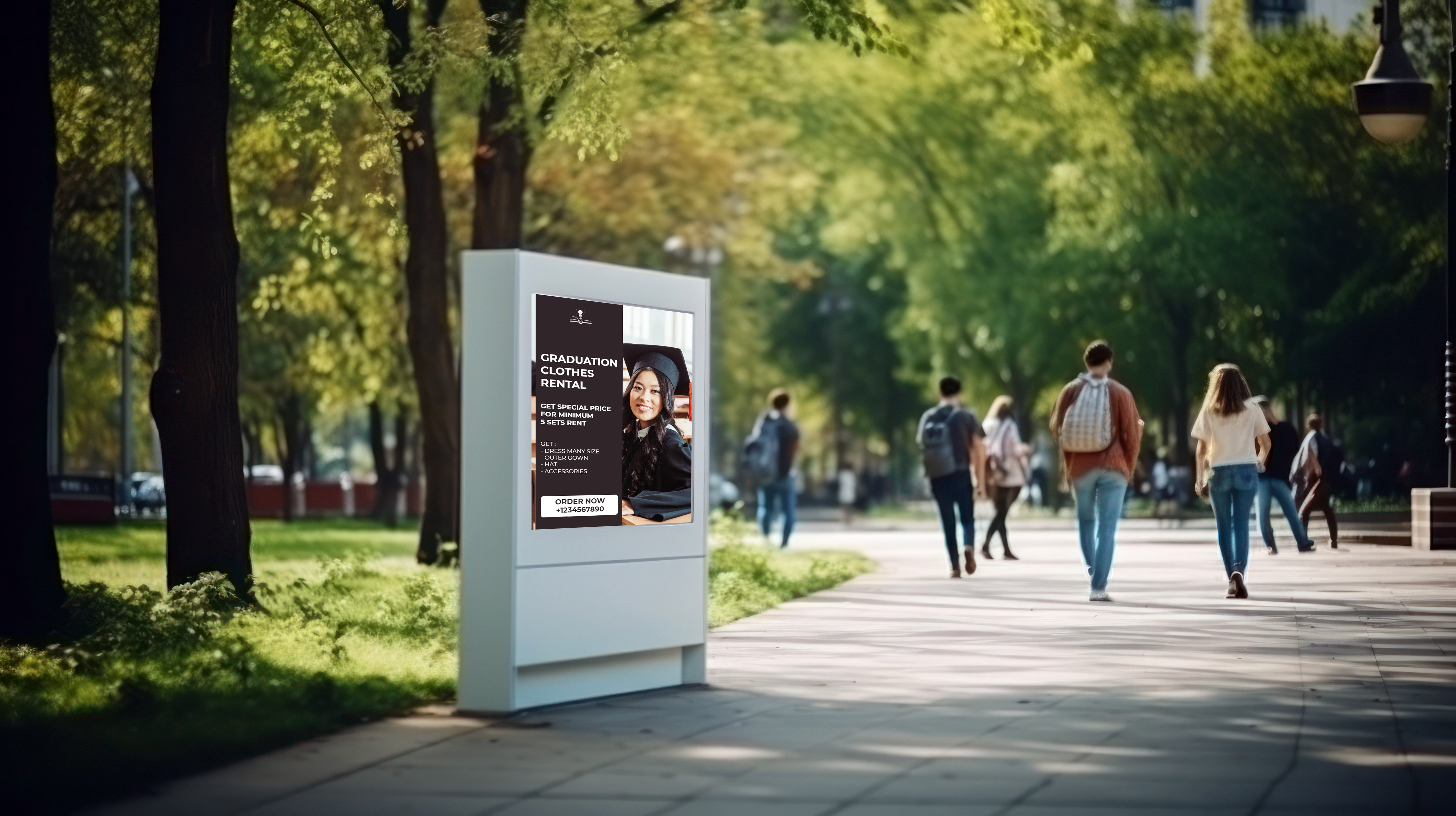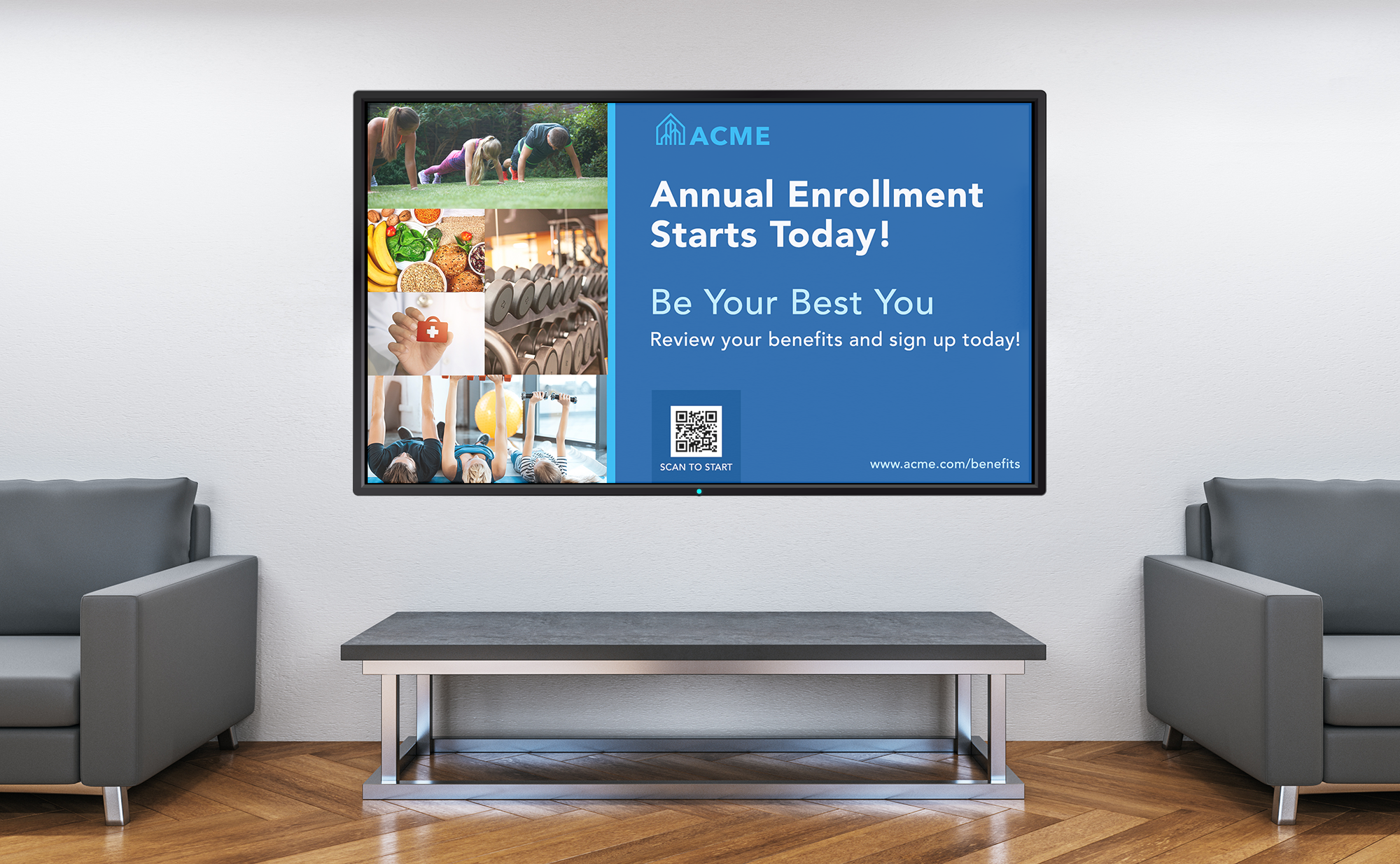If you had to choose one special power, it might be the ability to answer the question, “What comes next for the workplace?” Foretelling the future seems a handy talent for your business to have at its disposal in the year ahead.
But is it really possible to predict trends of tomorrow? Even the industry sages who say they have the gift of foresight didn’t see the last 3 years coming, no matter what revisionist history it may be convenient to cast now.
Even so, there are patterns that can be observed, already in action, that are worth tracking. These are the professional trends likely to continue and evolve. Being aware of them now at the relative start of the new year can be an opportunity to adjust to the changes they promise to bring — and ultimately turn them to your advantage in the months and even years ahead.
All About Employee Experience

Learning from these trends doesn’t require a crystal ball or Ouija board. Observing what’s likely and possible requires looking no further than your own workforce. Many of the forces in motion begin with and revolve around the needs and concerns of your people. Are they being viewed as more than a timesheet? Are they valued for their skillset? Does your company demonstrate real care about their wellbeing? To sum it up in the voice of the worker: “Why am I doing this?” Reasons like these are why some are calling 2024 “The Year of the Employee.”
Why should a business care about employee experience? The competition to retain and attract talent is more intense than ever. Making certain your people feel connected to your company’s purpose and vision — and each other — can help ensure you have the human resources to carry you forward.
As employers stop thinking about their workforce in terms of jobs and start thinking about their employees in terms of capabilities, there will be a need to shift from “executive leadership” to “experience leadership.” While there are many factors to consider (skills training; corporate social advocacy: compensation; diversity, equity and inclusion), here are seven trends that seem especially relevant to the next 11 months — both for their impact on your workforce, and your ability to do something about them.
Workplace Experience Trends to Watch
1- Hybrid Work Continues
All hail the mighty hybrid. 79% of the C- Suite plan to allow their employees to split time between the office and remote working, if the job allows for it. There will be no complaints from the workforce on this front, who have come to enjoy the perks of flexible working and are not rushing to return to everyday commutes and corporate walls and workstations. 90% of employees surveyed — and that’s workers *and* managers — are happier with the increased freedom accorded by work-from-home. And research shows over 40% of workers would actively look elsewhere if their employers fail to offer hybrid working.

As far as your employees are concerned, work is what they do, not where they do it. But no matter where they’re at, your employees will require reliable communications to ensure all your people are receiving the same information at the same time. Here’s where a workplace experience software platform can help. Communicators within your company can benefit from an intelligent content management system that can publish messaging in every conceivable format (video, text, images) to any screen (desktop, mobile, digital signage within your facilities) to engage your employees on every front.
That same experience platform has benefits in the area of space management. Without the right AV equipment and connections, the wrong meeting room can too easily lead to a disconnect between your on-premise workers and off-site employees. A smart reservation system can find the right collaboration space that includes the right audio and video equipment to include both sides of the team to the best effect, and keep everyone updated as to changes: scheduling, availability, reassignments or cancellations.
2 – Beware the Two-tiered Workforce
The pandemic has demonstrated the benefits of remote work, both to employees and employers. Despite some managers’ dated fears of an “out of sight, out of mind” worst-case scenario, productivity of remote workers has actually increased in many instances and industries. But the old prejudices remain, and there is growing concern that remote workers may suffer from unfair consideration and compensation in comparison to their on-premise office counterparts.
Incredibly, 60% of HR leaders say that in-office employees are seen as harder workers and more valuable and will receive more consideration for promotion and pay increases. This is especially troubling for female employees, who are less inclined to want to return to office than their male counterparts — and may very well suffer for their choice.

Treating any employee unfairly because of this bias is a formula for losing talent, and business leaders need to work consciously to overcome it — or even its perception. One way to level the playing field is by modernizing your company intranet. A capable workplace experience platform has the potential to transform this internal website from a maze of dusty files into an easy-to-navigate active network of targeted content that can be personalized, shared and even socialized. With increased access through any web browser, this evolved intranet connects colleagues to stay up to date on work and each other, find the information they need, and get business done together.
3- Digital Automation & Collaboration
Many expect 2024 to bring forward new forms of “hyper-automation.” This involves the orchestration of multiple automation technologies, simplifying tasks, reducing the burden on employees and allowing them to direct their attention and energies to tasks that help customers. (And therefore, the business.) One example of this is in the contact center, where workplace experience platforms are creating new forms of business orchestration. Based on Supervisor-led business rules and workflows, triggered messages and screens can instigate the next behavior. For example, a notification that Agents have downtime can drive the decision to add calls to those queues, improving overall performance.
Other digital improvements for employees can be found in the previously mentioned modernized intranet, with revitalized access to key business resources, apps and policies, helping to ensure everyone is on the same page; and a company branded and customized mobile app, boosting interconnectivity among employees thanks to enhanced access to business apps, personalized content, two-way communication and social features.
4- Value Employee Input & Feedback

In an employee focused year, using people analytics to make data-based decisions is key. 86% of employees feel that people at their company are not heard — either fairly or equally. If your business doesn’t seek out or listen to employees’ feedback, it may struggle to retain talent — as well as miss out on new ideas and innovation that are born out of real experience. Two-way communication through the company’s mobile app is an excellent way to survey or poll on important topics.
There’s also much to learn from simple engagement numbers. Your workplace experience platform should be able to track open rates on emails and plays on videos, helping to ascertain what message is getting through, when, and in what format. (And if for some reason there’s a lack of engagement, that same platform can follow up with notifications to re-engage.) Every opportunity to learn is an opportunity to improve the experience for your employee: insights become action that can then improve the employee experience and therefore your business outcomes.
5- A Safe Environment
There’s no escaping the fact that COVID-19 continues to disrupt the workplace. Vaccines, masks, mandates, outbreaks — as leaders, your employees expect you to both keep your office safe and communicate your policies regarding that safety.

Digital signage is an excellent way to promote your health policies in a variety of ways, from a single screen, to across a campus, or coordinated to cover multiple locations. The right workplace experience platform includes formatted templates for spotlighting key alerts and information. These can combine high impact visuals and videos to explain procedures and processes in understandable ways that reduce stress and promote assurance. Because your professional communicators are in control of this message, they can choose to combine virus specific information with related content from your company-wide medical benefits and programs — and even include outside news streams related to local health.
6- Preserve Mental Health

No matter how high-functioning and productive even your very best employees are (or appear to be) there can be no question that COVID-19 has introduced conditions that have significantly stretched and stressed the mental well-being of your workforce. At the very least, many remote workers have exhausted themselves by stretching their work hours and creating new definitions of “burn out.”
The people-centric theme of 2024 encapsulates a trend that supports mental well-being — a need that can be supported by dedicated initiatives through your workplace experience platform. Digital signage can be directed to display motivating messages and stories, as well as recognition for employee achievements — increasing individual and team sense of value. This has the added business benefit that workers who feel recognized for their contributions are likely to continue putting forward their extra effort.
In similar fashion, a modernized intranet can elevate resources dedicated to mental health events and activities, wellbeing techniques, and survey results. By highlighting mental health in a public fashion, you destigmatize prejudices and create a supportive sense of corporate community. (Bonus points from the fact that an improved intranet overall reduces information overload and the stress that brings!)
Be Part of the Trends by Meeting Employee Needs
The trends of 2024 — these six, and others that may soon make themselves known — are your opportunity to show your support for the entire employee workplace experience. Why follow the trend? Employers that support employees’ life experience see a more than 20% increase of employees who report better mental and physical health. Those same employers also report an increase in the number of high performers working for them. (Compared with companies that don’t provide support.)
Trends change and can be hard to keep up with. But digital workplace transformation can bring you up to speed — with a focus on the people and their all too human expectations. Building your business around the employee experience is an opportunity to enhance your culture, satisfy the expectations of your workforce — and position your operations for the future. Happy 2024!



